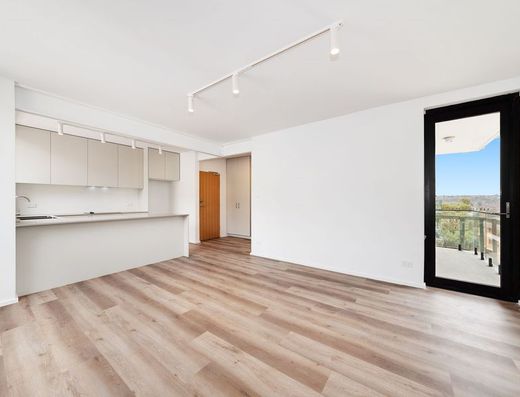Investment property tips to maximise your return
Investing in Australian property is a significant financial commitment, and you will want to ensure you are making the most of it. This can be accomplished by using a property investment depreciation schedule.
We will guide you through the ins and outs of depreciation, what a depreciation schedule is, and the benefits it can provide - especially regarding taxes!
How does depreciation work?
An investment property owner should understand how depreciation works since it is often overlooked.
In contrast to other deductions, such as interest and insurance, depreciation is the most significant non-cash property deduction available to property investors since it does not require additional expenditures.
It is estimated that 80% of property investors must take full advantage of depreciation, the second largest tax deduction available after loan interest.
Property and asset depreciation result from natural wear and tear over time. While all properties depreciate, only property investors can claim it as a tax deduction. Depreciation allows investors to recover the cost of their investment property over time.
Tax depreciation deductions are split into two categories:
- Capital works deductions
- Plant and equipment depreciation
Capital works refer to the structure of your building and permanently attached items, such as kitchen cabinets, doors, and sinks. Typically, capital works make up 85-90% of the total deductions.
Some examples of items that can be claimed are:
- Built-in kitchen cupboards
- Doors, locks, and door handles
- Clotheslines
- Bricks, mortar, walls, flooring and wiring
- Driveways
- Fences and retaining walls
- Sinks, basins, baths and toilet bowls
- Plant and equipment assets are easily removable or mechanical items – property owners can claim depreciation for the wear and tear of these assets.
Some examples of items that can be claimed are:
- Air-conditioning units
- Blinds and curtains
- Hot water systems, heaters, solar panels
- Security systems
- Light fittings
- Swimming pool filtration and cleaning systems
- Benefits of Claiming Depreciation
There are several benefits to claiming depreciation on your investment property, including:
- Reducing your taxable income
- Maximising your return on investment
- Lowering your tax liability
If you're looking to get the most out of your investment property, a property investment depreciation schedule is a valuable tool.
What is a Depreciation Schedule?
Depreciation schedules outline all tax deductions for residential investment properties and commercial buildings. Depreciation is available on most properties, new and old.
You can use a well-prepared schedule to provide you with a 40-year forecast illustrating all depreciable items and prime cost and diminishing value depreciation methods.
If your depreciation schedule highlights deductions that you may have missed or not claimed previously, you can claim them by adjusting previous tax returns.
A property tax depreciation schedule lasts the lifetime of the property and is available for a one-off fee is 100% tax deductible.
To maximise your deductions, it is highly recommended that you work with a company that prepares depreciation schedules for your property. They know every item that can be claimed and, just as importantly, those that can't be. Your tax accountant will also be able to work with them, saving you time and hassle.
The one-off schedule fee you pay is 100% tax deductible and lasts the property's lifetime.





